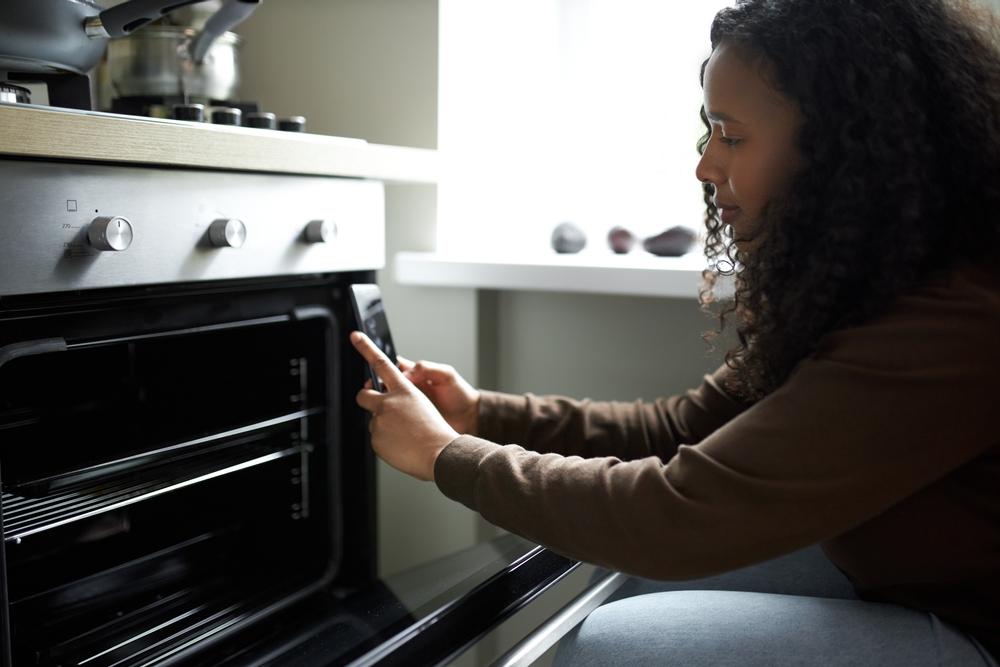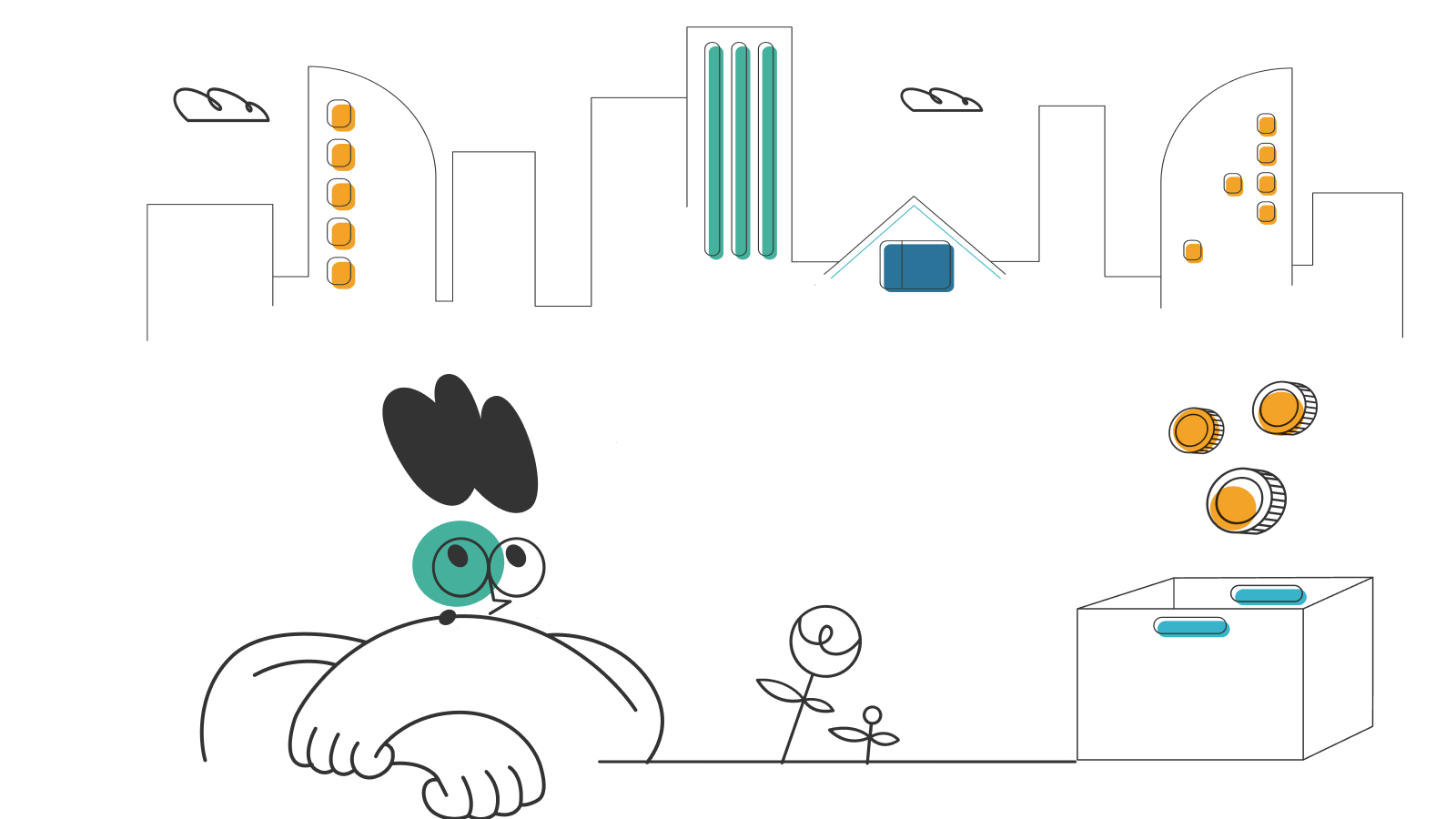The Ultimate Guide to Moving with a Dog
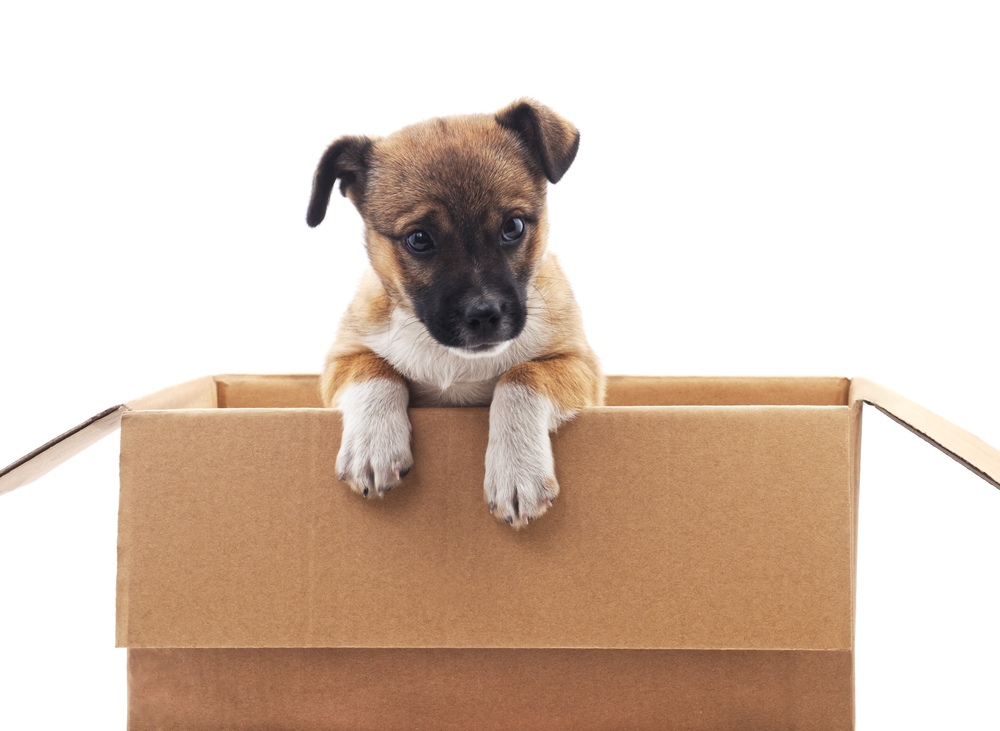
Moving soon? Get organized with our free moving checklist.
For many of us, our pups are our people. Moving with a dog involves a lot of planning to make them feel comfortable and at ease, but the effort is worth it: Even if your dog is super laid-back, the change can affect them emotionally in ways that may linger long after you’ve settled into your new place.
Beyond packing up their stuff, what can caring owners do to help their pooch travel and transition to unfamiliar digs? Try these tips to ease your dog through the moving process.
Before you leave
In addition to packing your own belongings, think about moving from your dog’s perspective. Set aside any belongings that they may need en route to their new home or within the first week of arriving.
These items likely include:
- Food
- Medications
- Folder with vaccination records and certificate of health
- Toys
- Treats
- A blanket — or towel with a familiar smell
- Potty waste bags
- Puppy pads
- Extras of things you might misplace, such as a collar or harness with ID tags, a leash
Schedule a time to update your vet records so that you’re certain your pup is up to date on required vaccinations. Your new home may be in a jurisdiction with stricter requirements for shots — call ahead to see what kind of licensing and paperwork you’ll need. Some cities may let you do some of this before you leave. Also check whether you’re bound by Property Management or Homeowners Association (HOA) fees or shot requirements.
This is the best time to weigh the pros and cons of microchipping your pet, as well. While it’s unlikely that anything will happen on the way, losing a frightened pet will cause even more worry if you can’t easily track them down. At a minimum, put a collar and ID tags with your contact info on your dog before you leave the house. Keep some clear, current photos of your dog on your phone (as if your phone isn’t full of dog photos already) and printed copies to hand to people if you ever need to get the word out about your pet.
Do one last check that you’ve packed everything. (This handy guide for a moving day dog kit has everything you need in one list!)
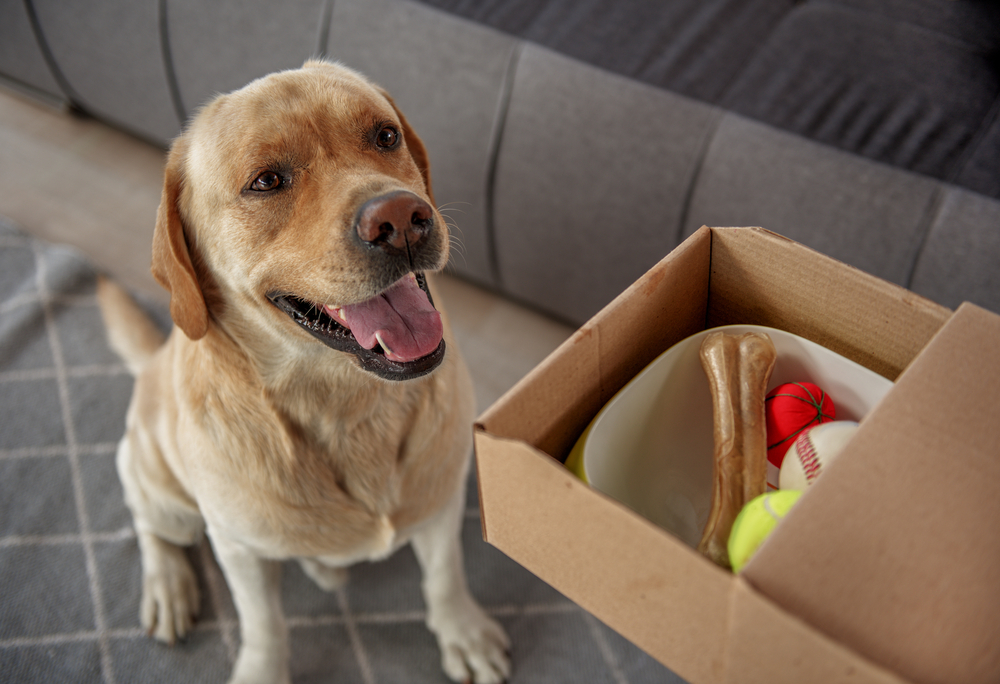
Transporting your dog
If you’re just moving a few houses down the block, your transportation will be as simple as going for an afternoon walk. For anything more than that, however, it’ll take some research to find out what’s required to ensure a safe, comfortable, and legal ride. Pet transport services make it easier for pet parents to get their dogs to their new home. If you plan to use a pet transportation company, do plenty of research to select a licensed and experienced company with professional animal handlers. The International Pet and Animal Transportation Association is a good place to start, as it offers a database of reputable pet shipping companies. If you are planning on moving your pup yourself, here are some handy tips:
Traveling by car
If your dog already travels well, the move may simply be a longer-than-usual road trip. In the car, be sure to secure young dogs in a puppy-specific car seat, travel crate, or carrier. To help your dog get used to this arrangement, take them for a test drive around the block in their new gear a few times. Never let the dog roam free in the car, where they can injure themselves or distract you from driving.
Moving via air travel
Flying works when moving with a dog to a long-distance home destination. In addition to TSA and USDA travel guidelines, airlines will have their own regulations and rules for boarding, so read these well in advance of the flight, but as a general rule larger dogs will need to stay in a checked crate or carrier. Your dog will spend their trip in the baggage holding of the plane; the airline considers this “shipping” and will require you to pay for a ticket for your dog. (Keep in mind that not all dogs qualify; such is the case with some snub-nosed pups, older dogs, and dogs with a health condition.) Dogs small enough to fit in a small kennel under the seat in front of you can usually fly in the cabin as your carry-on item for an additional fee.
The checklist for getting your dog ready for air travel can be long, and it includes verification that your dog is healthy enough to fly, vaccination records, and verification that you’ve fed them within four hours of loading. Extreme temperatures (above 80 degrees or below 20 degrees Fahrenheit) may require the airline to halt animal shipping.
Also review any new regulations for support animals: Many dogs who flew freely in the cabin in years past no longer qualify. Your dog will need to be properly leashed or crated when moving through the airport, as well.
During the trip, dogs should have access to fresh water and snacks. Remember, though, that some doggos get motion sick and may not tolerate travel well. Take along meals and water bottles, but don’t allow your pooch to chow down right before you go; ask your vet about any dog-approved meds that can help with motion sickness or anxiety, either of which can cause pups to lose their lunch. Be sure you tell your vet if your dog is flying, as some sedatives may have adverse effects on dogs when at high altitudes.
Staying over with your pet
If you drive or fly and can’t get to your destination in one shot (or your new home isn’t ready yet), you may have to stay in a pet-friendly hotel or rental. Research any pet restrictions well in advance of your arrival, as some hotels take pets only with an additional fee, and others don’t accept pets at all. Be aware of weight restrictions, too, which may prohibit your dog from admittance into the room. However, some private hotels and rentals are extremely pet friendly and may have accommodations set up just for your pooch!
When it comes time to eat, search online for pet-friendly eateries. While COVID-19 restrictions are in place, your options to eat inside will be even more limited — consider getting a drive-thru lunch and eating in the car or at a park. It’s illegal to leave your dog in the car alone while you dine in many states, so plan ahead to avoid any problems.
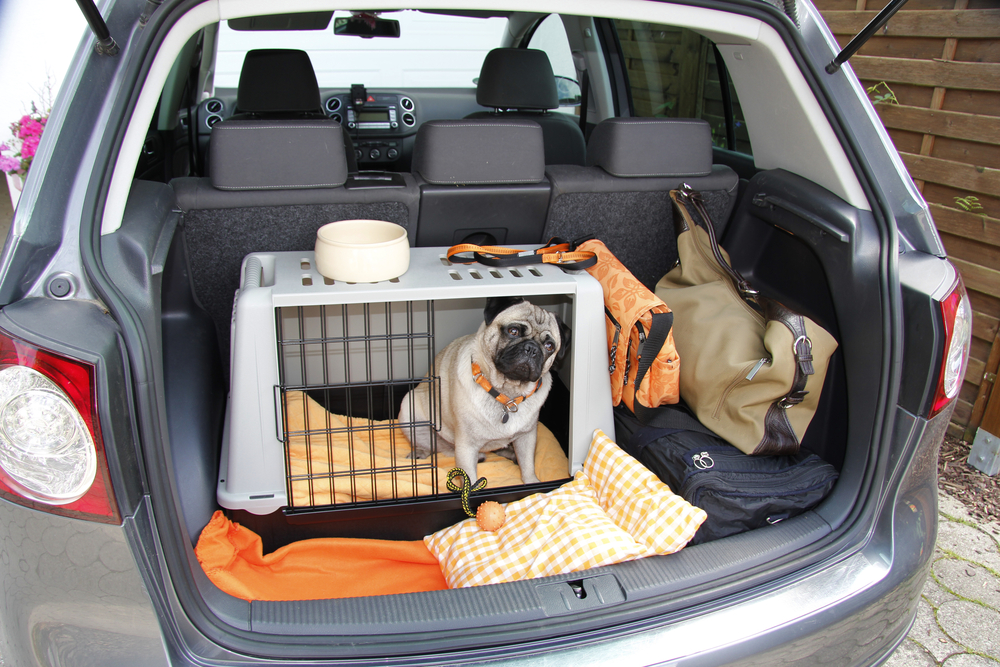
Other considerations while moving with a dog
There’s a lot to manage before moving day, and fast-moving families may not have time to get it all done in advance. When you arrive at your new home, be sure to finish:
- Finding a dog walker, groomer, and vet. Getting an all-star lineup for your pet may take time, and you may have a better idea of who is the best once you’ve been in your new community long enough to ask the locals where they go.
- Update your dog’s microchip information. Be sure to update your new address and any other contact information that may have changed with your move to your new home with your pet’s microchip registry.
- Seeing the sites. What parks will you frequent? What’s the safest route to go for a walk? While looking ahead with Google maps can tell you a lot about your new area, be prepared to make some adjustments when you see the place with your own eyes.
- Buying the goods. You should already have a bag of food and a month’s worth of meds with you in the car or at least being shipped to arrive when you get to your new place. After those run out, how will you stock up? Whether it’s through the local grocer or a subscription mail service, keep your dog’s food consistent. Changing food can be disruptive to pups’ tummies, especially when they are still adjusting to other major changes.
Keeping the peace for your pup
Even the best-planned move can cause your dog to feel out of sorts. It’s a big change, and your dog won’t know what’s happening for much or all of the move.
To ease your dog’s stress as much as possible, look into soothing strategies. For instance, you might fill their crate with a favorite blanket or towel, and a toy. Check with your vet about options other than medicine to provide ongoing stress relief, and don’t give your dog anything unproven you’ve learned about on the internet before getting your vet’s approval first. Some dogs are especially sensitive to even the most natural ingredients, and right before a long trip is a risky time to test out new products.
It may not be possible to tell your dog ahead of time that they have a new yard to dig up and the perfect sunny spot waiting for them, but with these tips, you can make the trip there a breeze for you and your pup alike.




